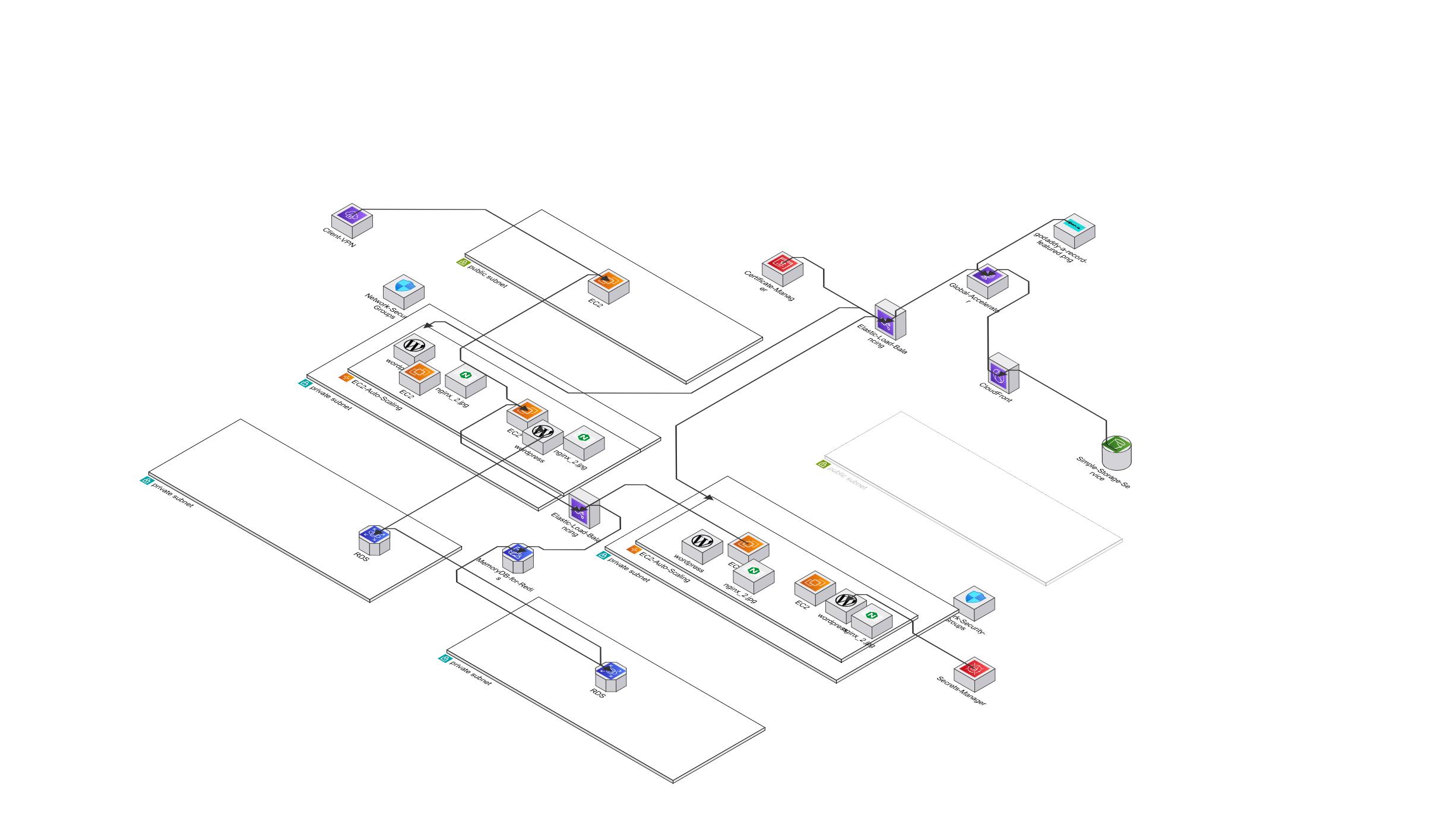AWS Cloud Best Practices
Here are the key best practices for AWS cloud implementations:
Security
- Implement the principle of least privilege with IAM
- Enable multi-factor authentication for all users
- Encrypt data at rest and in transit
- Use AWS Security Hub and GuardDuty for monitoring
- Implement network segmentation with VPCs and security groups
- Regularly scan for vulnerabilities and misconfigurations
Cost Optimization
- Right-size your instances based on actual usage
- Use Reserved Instances or Savings Plans for predictable workloads
- Implement auto-scaling to match capacity with demand
- Set up AWS Cost Explorer and budgets with alerts
- Clean up unused resources (unattached EBS volumes, idle instances)
- Use S3 lifecycle policies to transition data to cheaper storage tiers
Reliability
- Design for failure with multi-AZ deployments
- Implement auto-scaling groups for resilience
- Use managed services where possible (RDS, DynamoDB, etc.)
- Create automated backups and test recovery procedures
- Implement comprehensive monitoring with CloudWatch
- Design with service quotas in mind
Performance
- Cache frequently accessed content with CloudFront or ElastiCache
- Choose the right storage type for your workload
- Implement database read replicas for read-heavy workloads
- Use AWS Global Accelerator for global traffic optimization
- Take advantage of specialized instance types (compute, memory, GPU optimized)
Operational Excellence
- Use Infrastructure as Code (CloudFormation or Terraform)
- Implement CI/CD pipelines with AWS CodePipeline
- Centralize logs with CloudWatch Logs
- Automate routine tasks with AWS Systems Manager
- Document your architecture and operational procedures
- Conduct regular game days to test resilience
Would you like me to elaborate on any specific area of AWS best practices?

Leave a Reply